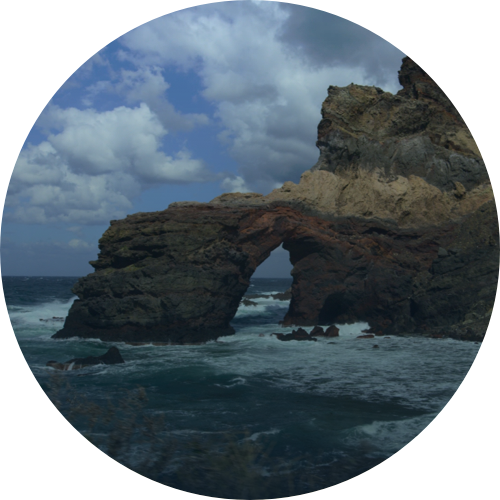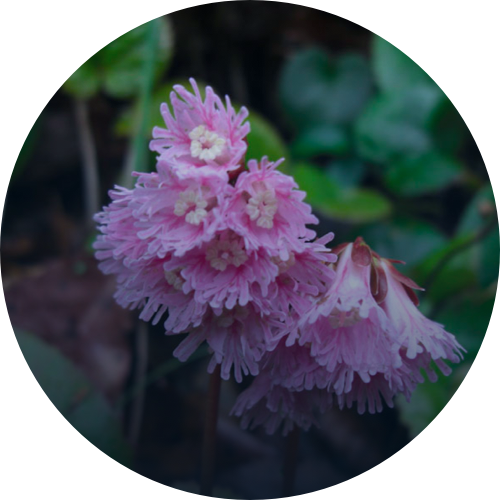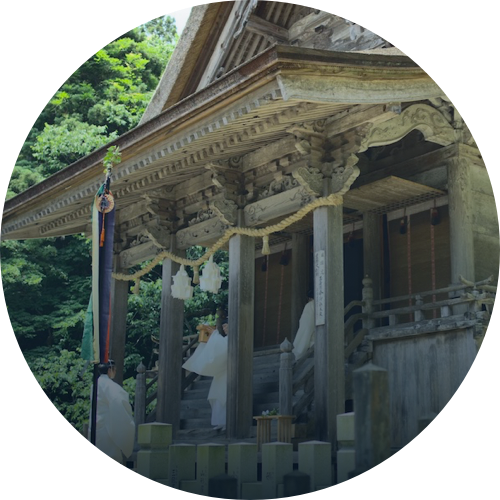Search by Category
Unique Ecosystem
Search by Keyword
Introduction
Oki Islands UNESCO Global Geopark is located in the Sea of Japan, about 40–80 km north of Shimane Peninsula. It is made up of four inhabited islands and many uninhabited islets. The geopark area includes marine area as well, because its remote island environment, marine life, and fisheries industry are important heritages of the geopark.
The land of Oki has experienced a number of different periods—a period as part of the Eurasian continent, a period at the bottom of a lake, a period at the bottom of a deep sea, and a period of volcanic activity about six million years ago that birthed the Oki Islands.
Here you can not only see precious geological resources and landscapes, but also discover the story of the Oki Islands: a story woven by the several hundred million year "Geohistory" of the islands' formation, the "Unique Ecosystem" that developed on the land, and the "Lifestyles and Traditions" passed down through generations of the people who call it home.


The formation of the Oki Islands
Geohistory
With features such as volcanic island geology, located between the Eurasian continent and the Japanese archipelago—the story of how these islands came to be.


Born and raised on the land
Unique Ecosystem
Where plants and animals from northern and southern climates coexist, and more—the Oki Islands' ecosystem unlike many others in the world.


Passed down through generations
Lifestyles and Traditions
From obsidian trade that led exchange, to the exile of emperors, to the kitamaebune trading ships—the unique history and culture of the Oki Islands.
Inside the Oki Islands Geopark, there are a number of places where you can observe and learn about the Geohistory, Unique Ecosystem, and Lifestyles and Traditions of the Oki Islands.
Come explore and discover the stories told by each of these geopark sites.
Search by Category
Search by Keyword
Search by Category
Search on Map
Coming soon.
Coming soon.